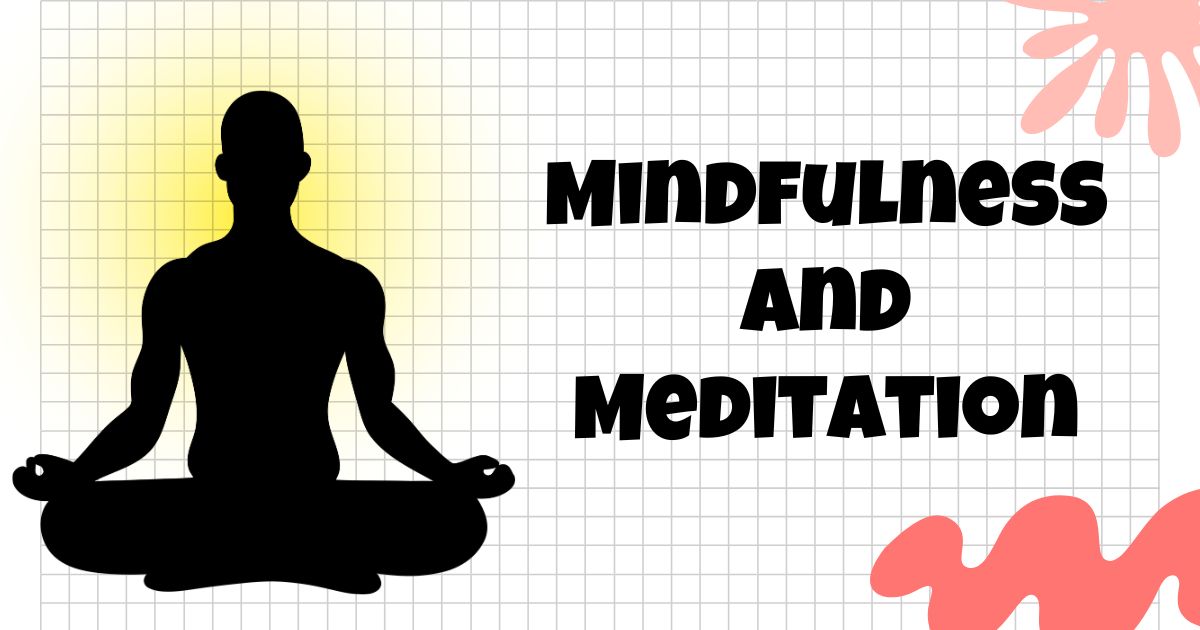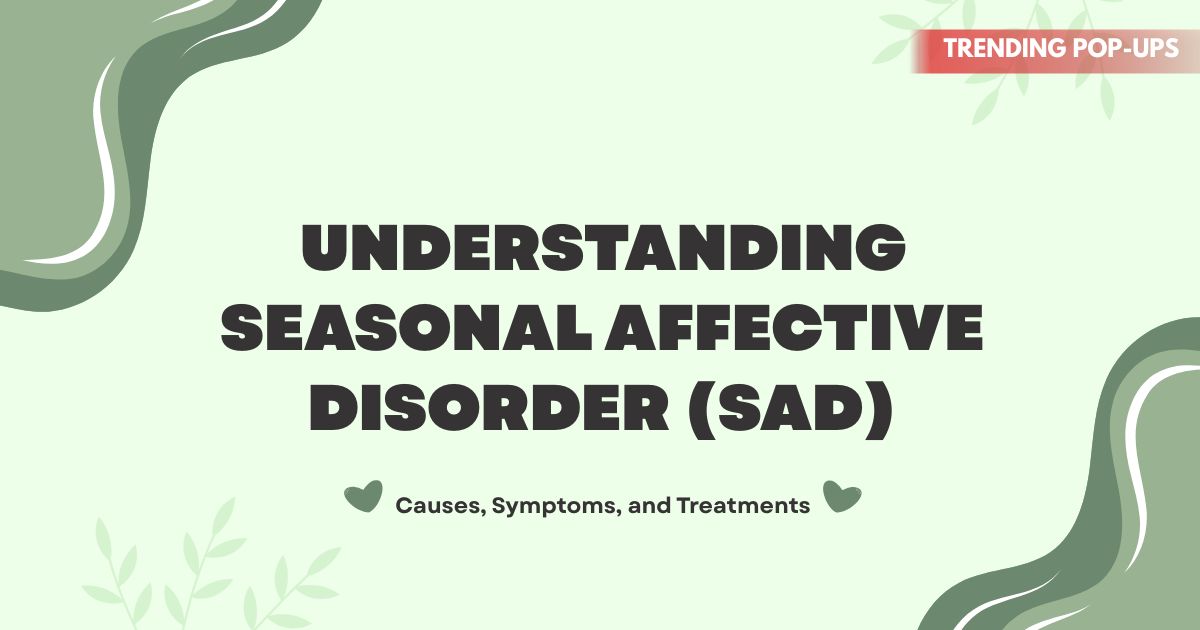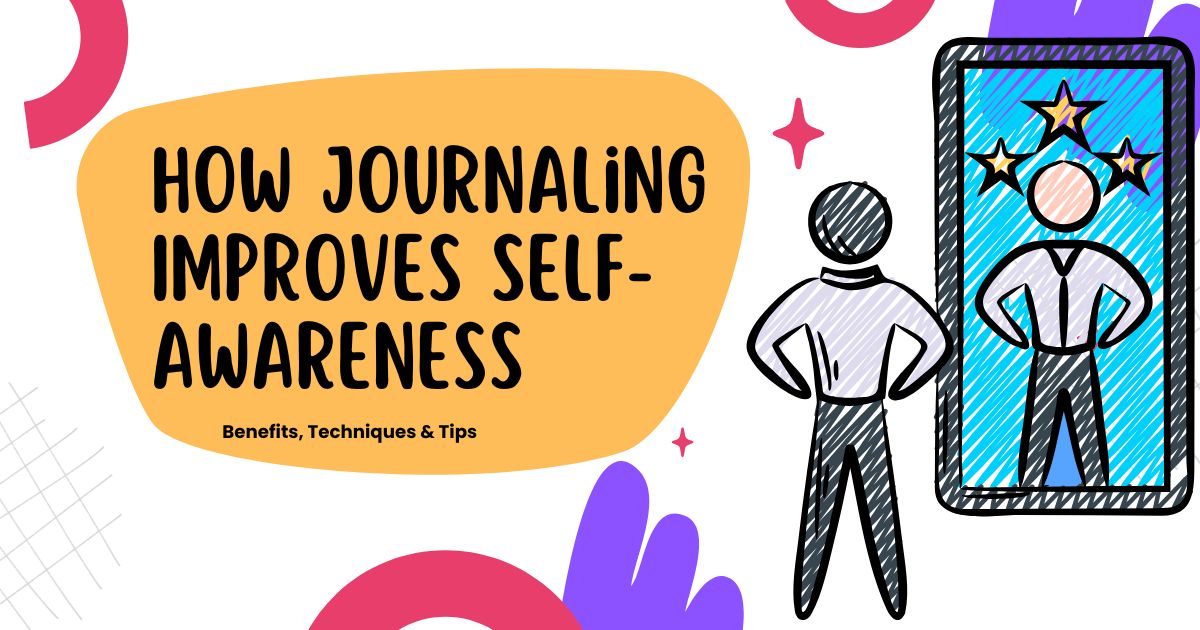In today’s fast-paced world, stress, anxiety, and distractions have become common challenges. Mindfulness and meditation are powerful tools to regain focus, reduce stress, and enhance overall well-being. While many people associate meditation with spiritual practices, its benefits extend to mental clarity, emotional balance, and physical health.
This beginner’s toolkit provides a comprehensive guide to mindfulness and meditation, practical exercises, and tips to integrate them into daily life.
What Is Mindfulness?
Mindfulness is the practice of paying full attention to the present moment without judgment. It involves observing thoughts, emotions, and physical sensations while cultivating acceptance and awareness.
Key benefits of mindfulness include:
-
Reduced stress and anxiety
-
Improved emotional regulation
-
Enhanced focus and concentration
-
Better sleep quality
-
Increased self-awareness and empathy
Mindfulness is not about emptying the mind; rather, it’s about noticing your thoughts and returning your attention to the present moment.
What Is Meditation?
Meditation is a structured practice that encourages mindfulness through focused attention or contemplation. Different meditation techniques exist, allowing beginners to choose a style that suits them.
Popular meditation methods:
-
Breath-focused meditation: Concentrate on the rhythm of your breath.
-
Guided meditation: Follow an instructor’s voice to visualize calmness or specific scenarios.
-
Body scan meditation: Focus on each part of the body, noticing tension or relaxation.
-
Loving-kindness meditation: Cultivate compassion for yourself and others.
-
Mantra meditation: Repeat a word, phrase, or sound to anchor your mind.
The Benefits of Mindfulness and Meditation
-
Stress Reduction
Mindfulness and meditation activate the body’s relaxation response, lowering cortisol levels and promoting calmness. -
Improved Mental Clarity
Regular practice enhances attention, memory, and decision-making skills. -
Emotional Balance
Meditation helps regulate emotions, reducing anxiety, anger, and depressive symptoms. -
Enhanced Physical Health
Research shows meditation can lower blood pressure, boost immunity, and improve sleep quality. -
Better Relationships
Mindfulness fosters empathy, active listening, and improved communication skills.
How to Get Started with Mindfulness
-
Start Small
Begin with 5–10 minutes daily and gradually increase the duration. -
Create a Quiet Space
Find a calm environment where you won’t be disturbed. -
Focus on Your Breath
Notice the sensation of air entering and leaving your body. If your mind wanders, gently bring your attention back. -
Observe Without Judgment
Accept thoughts and feelings without labeling them as good or bad. -
Integrate Mindfulness into Daily Life
Practice awareness during simple activities like eating, walking, or washing dishes.
Beginner Meditation Exercises
1. Breathing Meditation
-
Sit comfortably with your back straight.
-
Close your eyes and take slow, deep breaths.
-
Focus on the rise and fall of your abdomen.
-
When thoughts arise, acknowledge them and gently return to your breath.
2. Body Scan Meditation
-
Lie down or sit comfortably.
-
Bring attention to your feet, noticing sensations without judgment.
-
Slowly move your focus upward through your legs, torso, arms, and head.
-
Release tension in each body part as you progress.
3. Guided Visualization
-
Listen to a recorded meditation or app.
-
Visualize a peaceful setting such as a beach, forest, or mountains.
-
Engage all senses: imagine sights, sounds, smells, and textures.
4. Loving-Kindness Meditation
-
Sit quietly and focus on your heart area.
-
Repeat phrases like: “May I be happy. May I be healthy. May I be safe.”
-
Extend the same wishes to loved ones, acquaintances, and eventually all beings.
Tips for Maintaining a Consistent Practice
-
Schedule a Regular Time: Morning or evening is ideal for consistency.
-
Start Short: Even 5 minutes daily is effective for beginners.
-
Use Apps or Online Resources: Guided meditations help maintain focus.
-
Be Patient: Progress takes time; consistency is more important than duration.
-
Combine with Mindful Activities: Yoga, walking, or journaling can enhance mindfulness.
Common Challenges and How to Overcome Them
-
Restless Mind: Gently redirect focus to breath or mantra without frustration.
-
Impatience: Start with short sessions and gradually increase duration.
-
Discomfort: Adjust posture or use cushions for better comfort.
-
Expecting Immediate Results: Benefits accumulate over time; practice consistently.
Conclusion
Mindfulness and meditation are accessible, science-backed tools to enhance mental, emotional, and physical well-being. By starting with simple practices, maintaining consistency, and integrating mindfulness into daily life, beginners can experience reduced stress, improved focus, and better emotional balance. With patience and persistence, meditation becomes not just a practice but a lifestyle that nurtures calm, clarity, and resilience.
Also Read : Meal Planning for Busy People: Healthy Eating Made Simple
FAQs
Q1. How long should beginners meditate?
Start with 5–10 minutes per day and gradually extend to 20–30 minutes as you feel comfortable.
Q2. Can mindfulness help with anxiety?
Yes. Mindfulness reduces stress and helps regulate emotions, making it effective for managing anxiety.
Q3. Do I need to sit cross-legged to meditate?
No. Sit comfortably in any position that allows you to remain relaxed and alert.
Q4. Is it normal for thoughts to wander during meditation?
Absolutely. The key is to acknowledge them without judgment and return focus to your breath or mantra.
Q5. Can children practice mindfulness?
Yes. Simple breathing exercises, guided imagery, and mindful play can help children develop awareness and emotional regulation.


